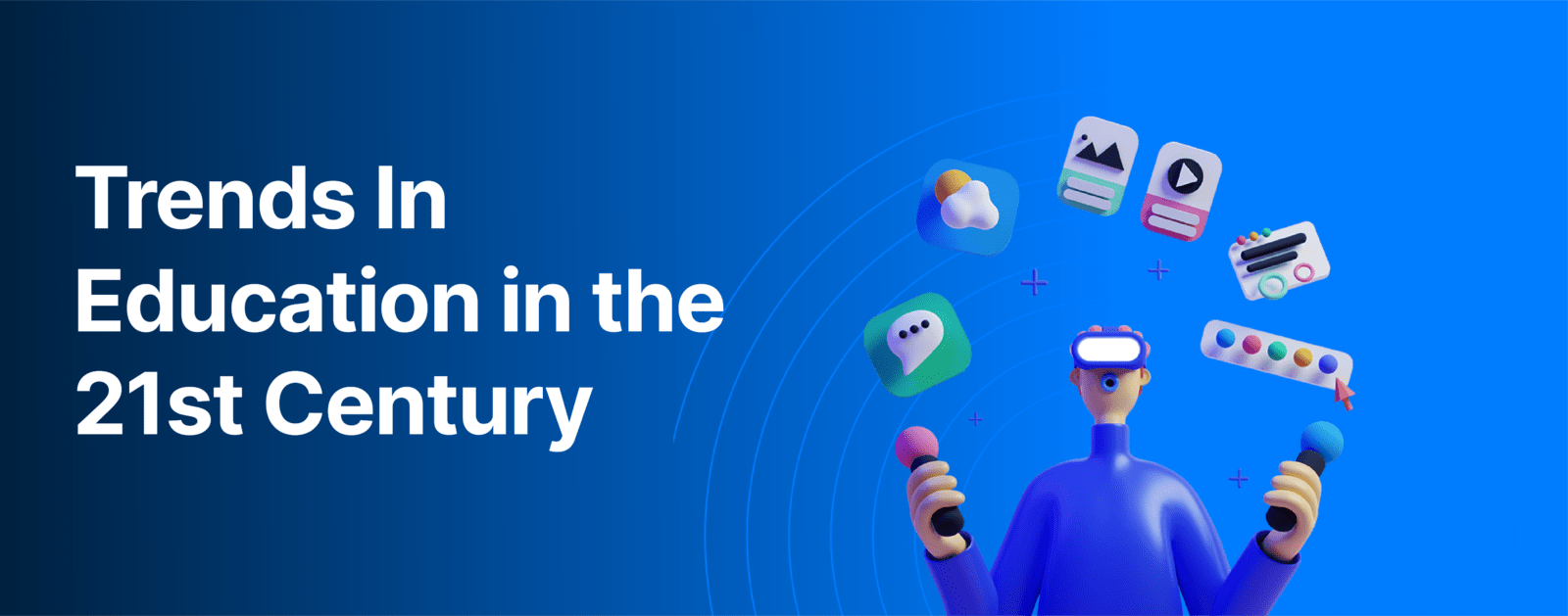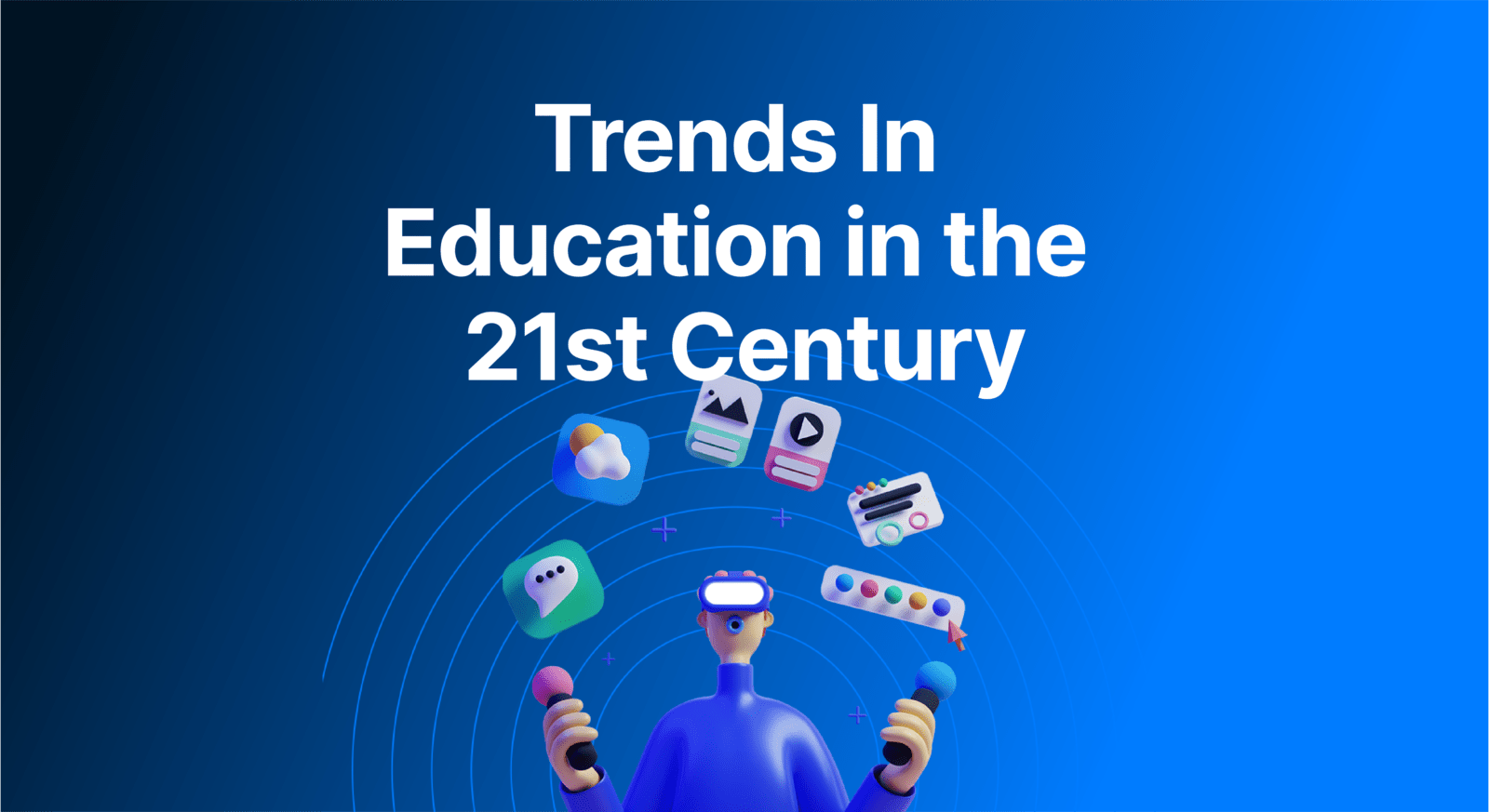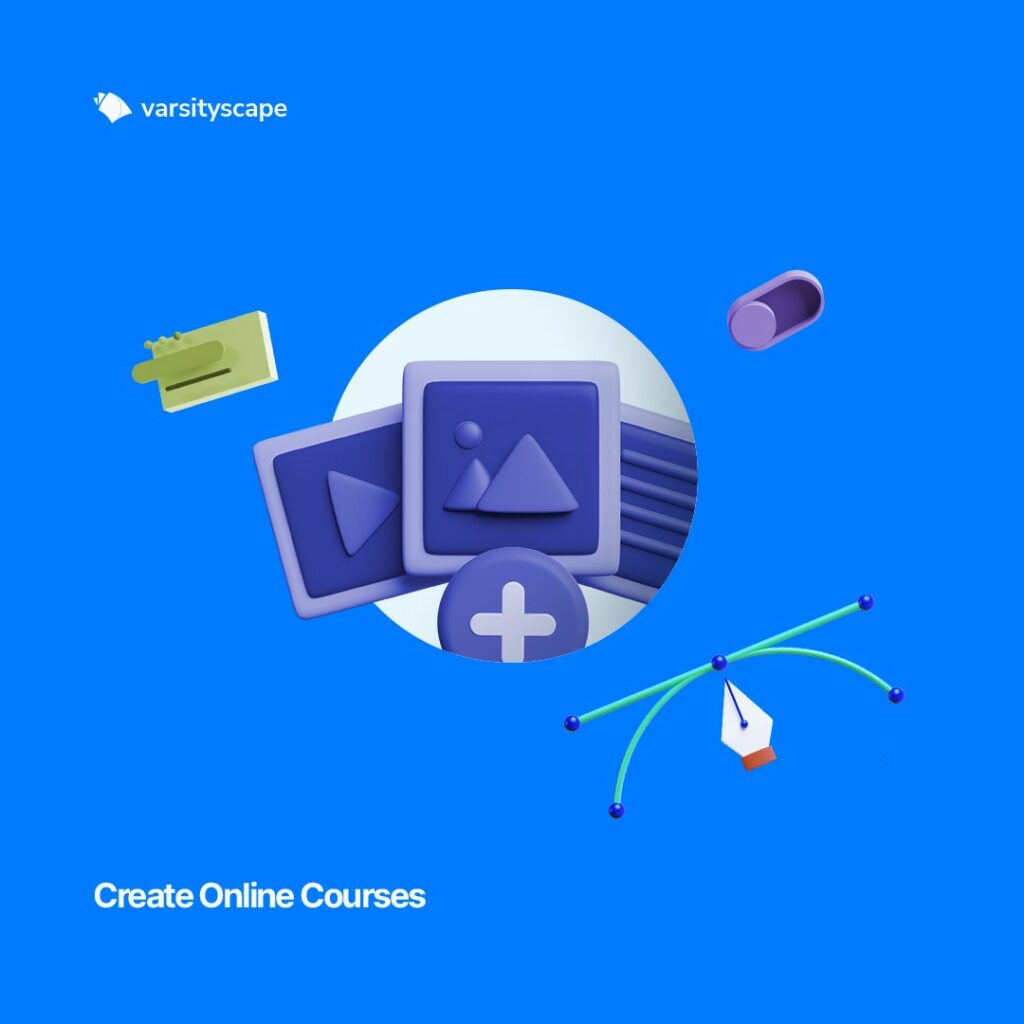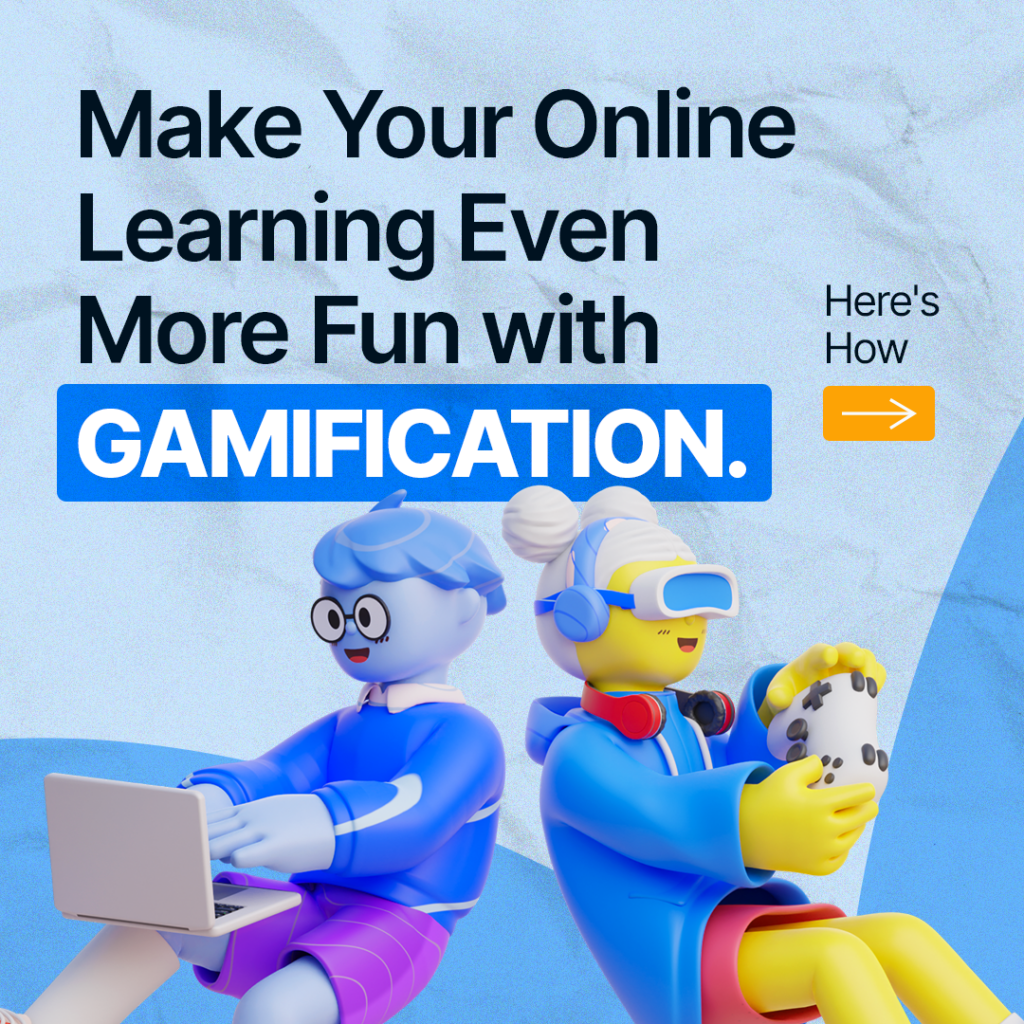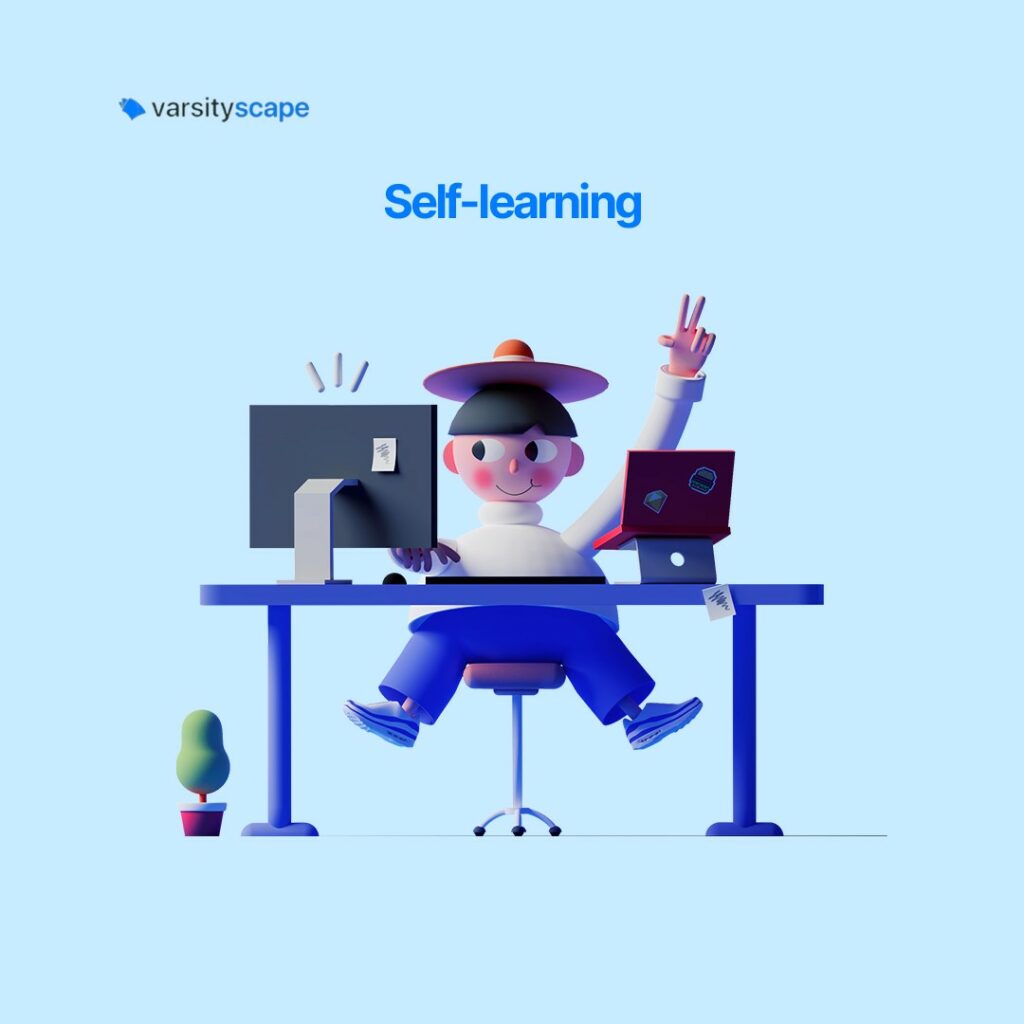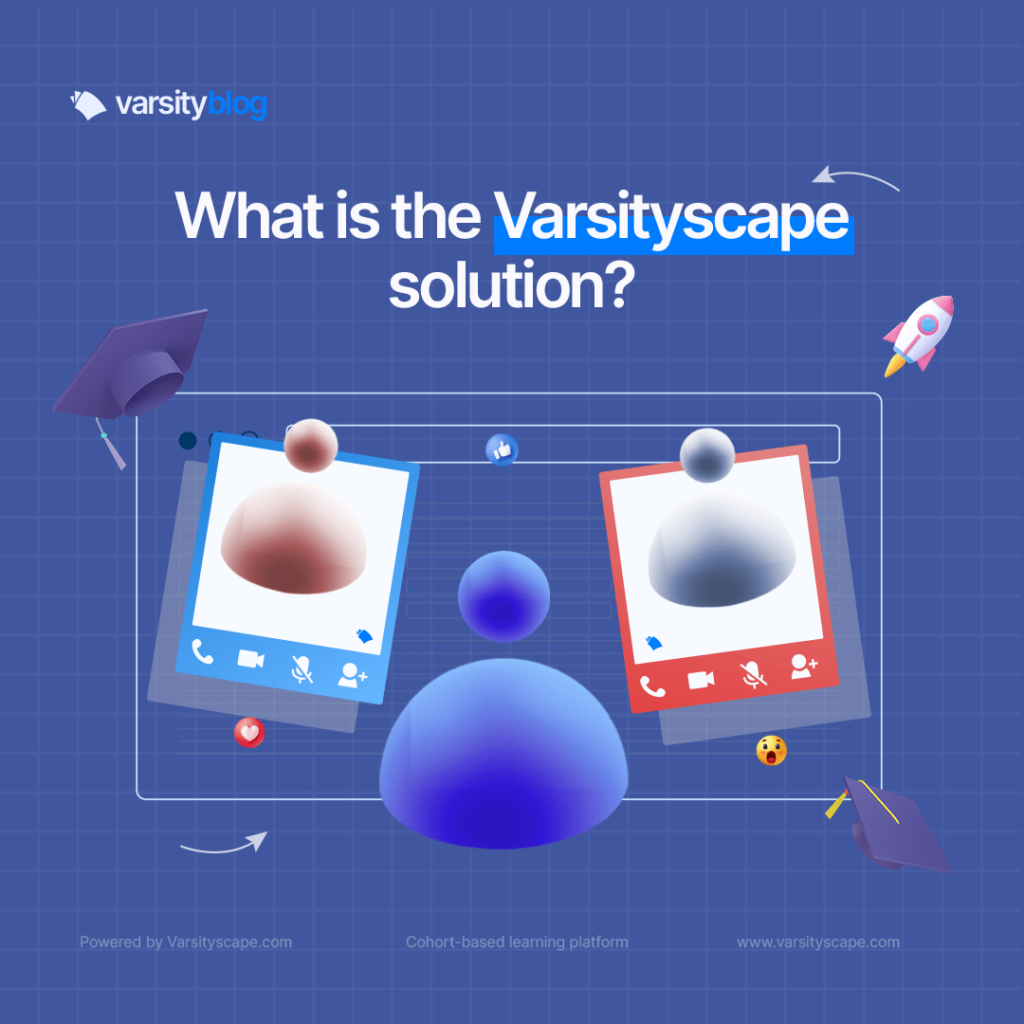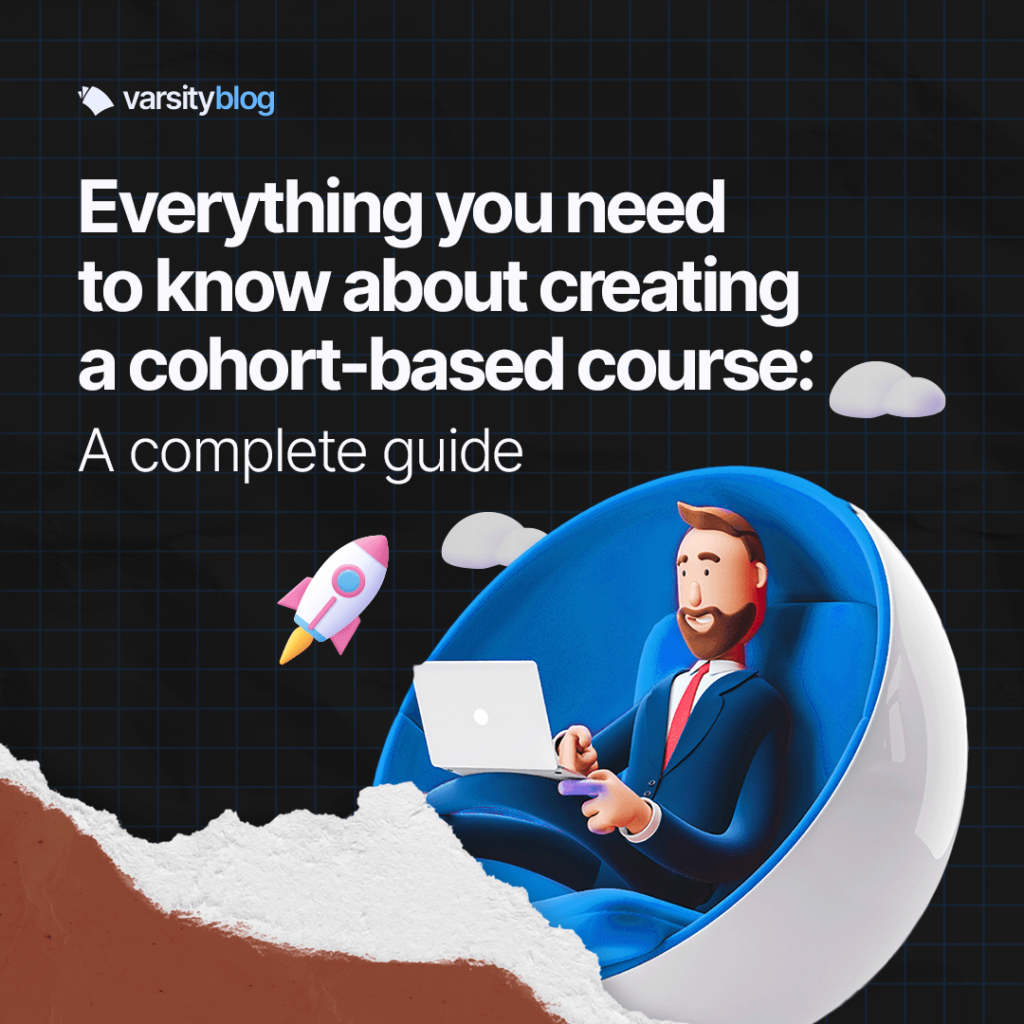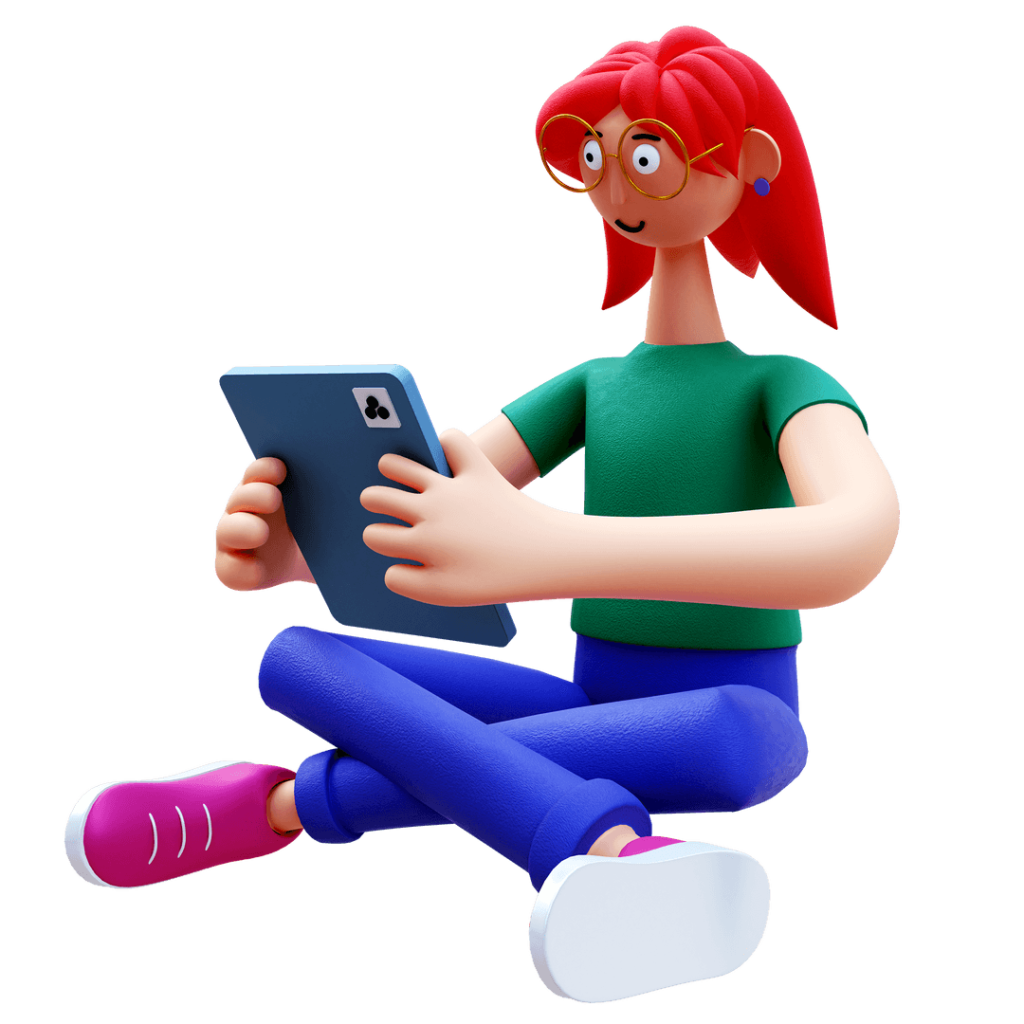The educational system continues to evolve with the influence of technology- with the latest changes affecting the way students learn and how they interact with instructors in no small measure.
Understanding the latest trends in education will not only prepare instructors to implement them in the most effective way possible but also help students familiarise themselves with the new methods.
Here are some emerging trends for 21st-century classrooms:
App Innovation and Gamification
As a result of the recent explosion in education-related apps, educators can decipher students’ interests, academic passions, and “trouble spots” more readily and in real-time to differentiate and fine-tune instruction.
MIT App Inventor, for instance, enables students to make their apps within the comfort of their classrooms. At the same time, education-related games, like “Mathalicious” and “Get the Math,” are becoming even more popular in modern classrooms.
This way, students become excited and get comfortable using online games to learn and educators can easily entice students via new apps to strengthen skill-specific areas, like mathematics and science.
Digital Literacy
Creating a digital literacy curriculum will be supportive to students’ developmental stages, and educators should be cognizant of both the risks (such as distractions) and myriad learning opportunities that technology integration and utilization within the classroom may provide.
With increasing numbers of teachers using technology within the classroom and schools permitting students to become engaged with content via digital literacy, some schools are adopting formal digital literacy curriculum and digital literacy plans.
Perhaps as a result, Google has published a plethora of resources about understanding digital literacy and digital citizenship, including YouTube videos, teacher guides, and lesson plans.
Digital literacy may encompass simple student tasks, like creating classroom presentations, or more intricate, collaborative work, like video clip creations or posting online “mind-maps” using digital tools.
STEM Curriculum
The STEM (Science, Technology, Engineering, and Math) curriculum is perhaps the most popular path to prepare students to enter the workforce with practical, high-demand skills.
Adding the humanities alongside these subjects (thus creating STEM: STEM plus arts) can further significantly improve students’ academic performance. For example, adding art assignments to science and math lessons can help low-achieving students understand STEM subjects better.
And it improves creativity— a useful skill for any academic subject. Plus, the STEM curriculum (with all the accompanying modifications) is shown to produce students with a more well-rounded and practical education than STEM alone.
Library Media Specialists
Throughout the planet, libraries are increasingly becoming local technology hubs. Since libraries offer myriad services that require some knowledge of technology and the way to access the net, librarians’ job descriptions and key responsibilities have drastically changed.
Library Media Specialists today remain informed about new technologies and research methods, and the way students (and the overall public) integrate digital formats into their work.
Librarians must now not only establish technology policies and become liable for budget oversight, but also plan the physical and virtual library space, and build a welcoming, positive and innovative atmosphere.
They also evaluate and produce information through the active use of a broad range of tools, resources, and data technologies, all the while enhancing students’ training process to new technologies.
Self-Directed Professional Development
In recent years, we’ve seen a rise in self-directed professional development (PD) for educators that have internet technology webinars, or, videos and other content that will be streamed through web browsers.
Learning institutions are increasingly demanding that certified educators update their skills to stay in compliance with ethical and legal guidelines and become accustomed to the most recent standards.
Some schools are also turning to self-directed, online modules to provide educators opportunities to finish interactive learning components to stay in touch with the most recent developments in education.
Collaborative Learning
New applications are making it easier for classroom teachers to be both innovative and interactive, and this trend is predicted to grow exponentially within the coming years.
From Google Docs to interactive whiteboards to new applications that make quizzes and activities, this can be an exciting time for collaborative learning in education.
In step with one review, this management system enables educators more flexibility in managing students’ learning and documenting progress from any device.
Setting up an account on VarsityScape also gives the learner an opportunity to access live instructor-led classes with wide-range of course materials- preserving the interest and attention span of students to learn the desired topics.
New technologies are a boom for college leaders and educators seeking to collaborate and hone their skills. Advancements in technology should still enhance collaborative learning, together with improving dynamic group presentations, in 21st-century school settings.
